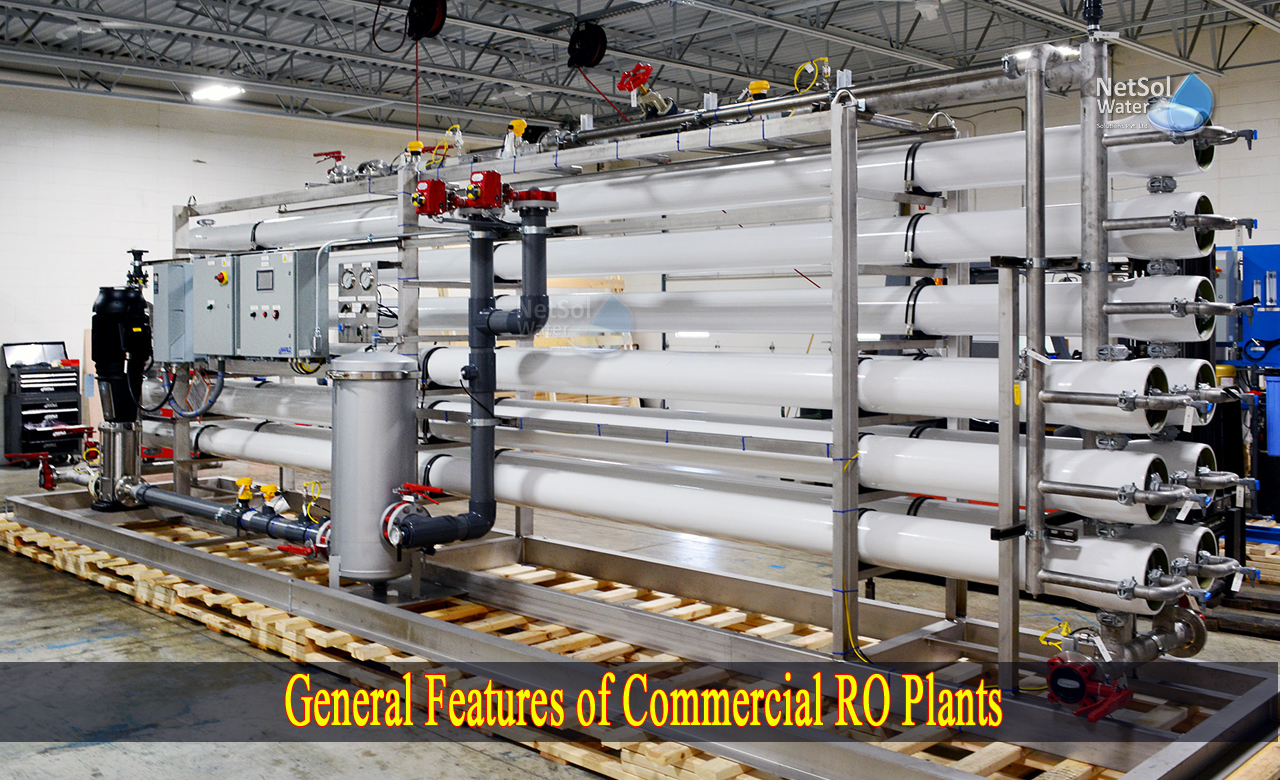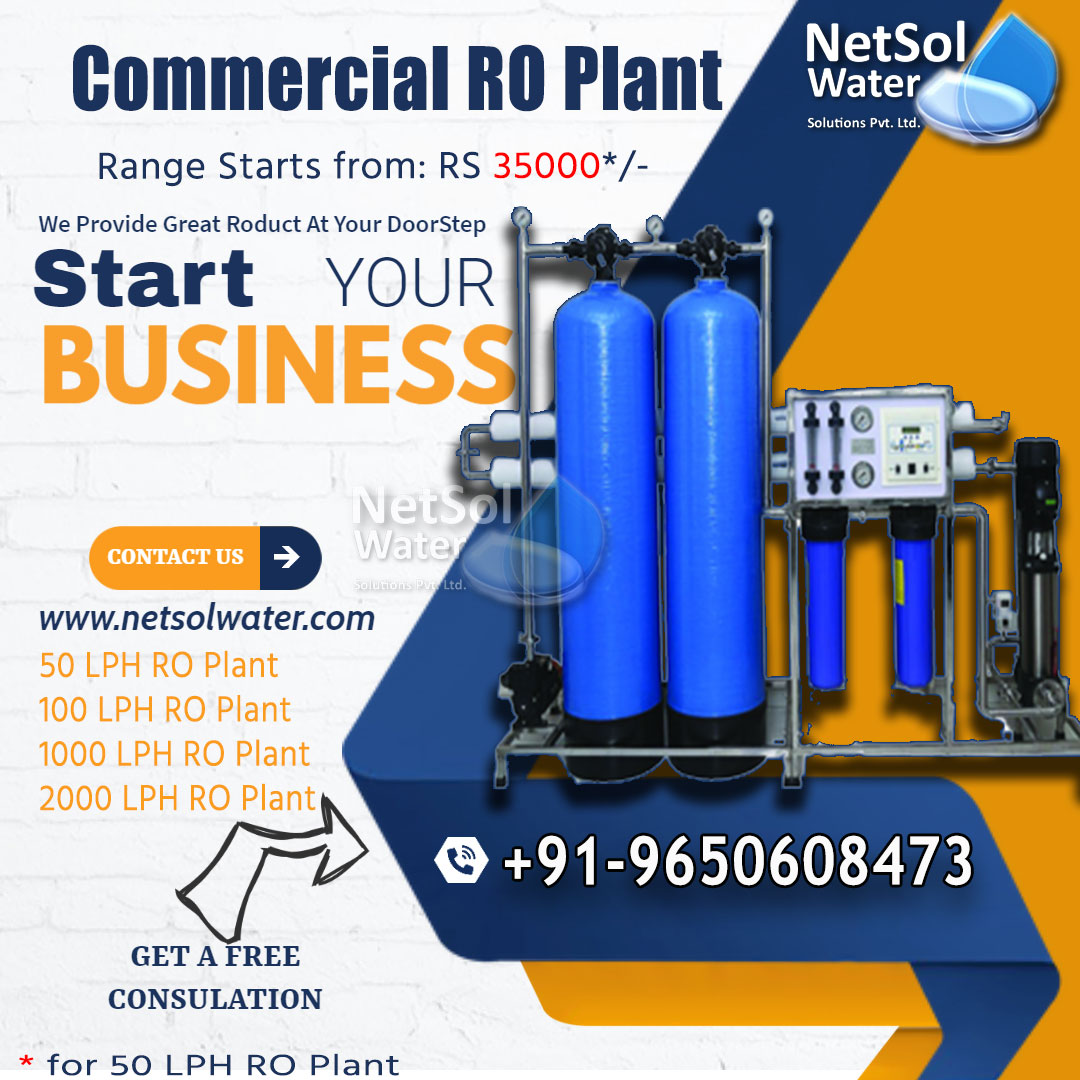Reverse osmosis
It is a method that uses pressure to force water through a semi-permeable membrane in order to remove the vast majority of pollutants and other contaminants from water and wastewater.
Pollutants removed by reverse osmosis
Up to 99% or more of the dissolved salts (ions), particles, colloids, organics, bacteria and pyrogens can be removed via reverse osmosis. Based on their size and charge, pollutants are rejected by a RO membrane. A well-functioning Commercial RO Plant will generally reject any contamination with a molecular weight greater than 200. The likelihood that a contaminant won't be able to pass through the RO membrane increases with the ionic charge of the pollutant.
Pollutants not removed by reverse osmosis
In contrast to calcium, which has two charges, sodium ions, which are monovalent and have just one charge, are not rejected by the RO membrane. Similarly, because they are not substantially ionised (charged) while in solution and have a very low molecular weight, gases like CO2 are not removed by RO system very well. Due to the fact that RO system does not remove gases, the pH level of the permeate water may be slightly lower than usual depending on the amount of CO2 present in the feed water during the process of CO2 being converted to carbonic acid.
What are the General Features of Commercial RO Plants?
i) The system must be fully constructed, pre-piped pre-wired and preferably skid mounted.
ii) For convenience of use and internal process, the system must feature a microprocessor-based control panel.
iii) The system must automatically start and stop depending on the amount of water in the supply tank.
iv) The system must feature an integrated raw water pump and an electrical panel with MCBs for Commercial RO plant protection.
v) In addition to a pressure gauge, the system must feature integrated pre-treatment modules for removing suspended materials, odour, scales, such as sediment filter, activated carbon filter, water softeners, micro-cartridge filters, among other pre-treatment methods.
vi) A low/high pressure switch placed into the system will safeguard it from a high pressure pump.
vii) The system must consist of a good membrane from the best membrane manufacturer.
viii) For durability, a glycerine-filled stainless steel pressure gauge must be provided.
ix) For measuring flow, an online rotameter must be provided.
x) To ensure complete safety, a blending cartridge must be given to regulate taste and TDS. Filters should be backwashed automatically by the system.
xi) The system must be able to operate around-the-clock, 365 days a year, using semi-treated water from a bore-well or municipal water source.
xii) Water recovery (i.e., component of treated water) should be between 40 and 60%. If required, the rejected or wastewater can be stored separately using the right pump. This water can be used for toilet flushing, cleaning and gardening.
Conclusion
For both big and small flows, reverse osmosis is particularly effective at treating brackish, surface, ground and waste water. For commercial applications, Commercial RO Plants can be used in schools, colleges, universities, malls, plazas, army camps, clinics, water parks, restaurants, hotels, office buildings, etc.




